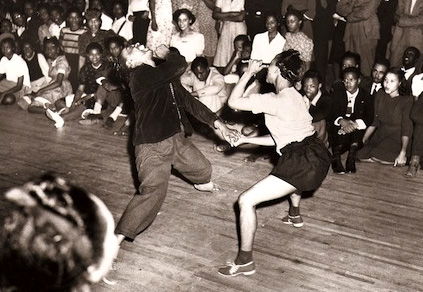
Taarab’s performers and audiences consider the genre to be a link to Egypt as another powerful place of coastal imagination, but it demonstrably owes more to centuries of exchange across the Indian ocean.
Despite the political agendas that engulfed Zanzibar in the mid-20th century, Swahili musical and urban sensibilities prevailed, and taarab continues to flourish. However, the older style of song text, which thrived on social commentary and improvisation, gave way in the 1950s to songs about the human condition, particularly romantic love songs.
This according to “Between mainland and sea: The taarab music of Zanzibar” by Werner Graebner, an essay included in Island musics (Oxford: Berg, 2004).
Below, Culture Musical Club performs old-style taarab with the legendary Bi Kidude (also above).

More posts about Tanzania are here.













